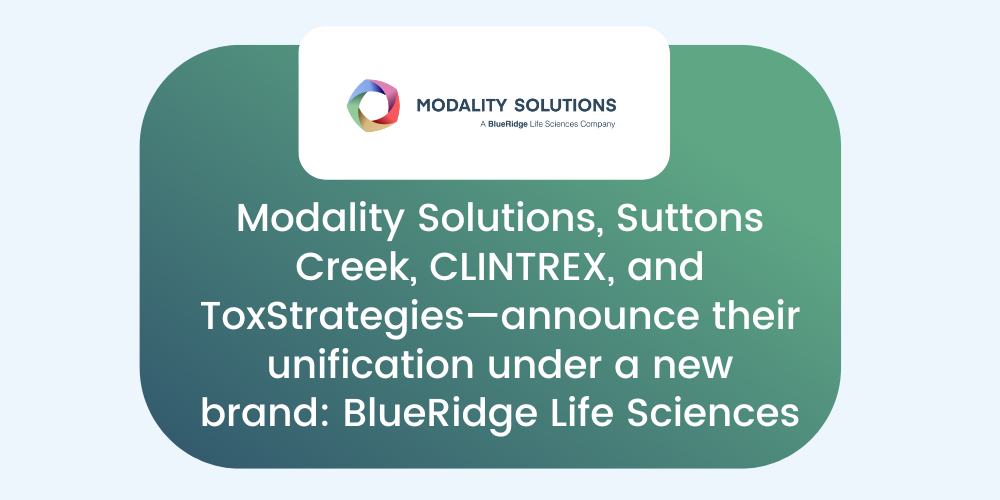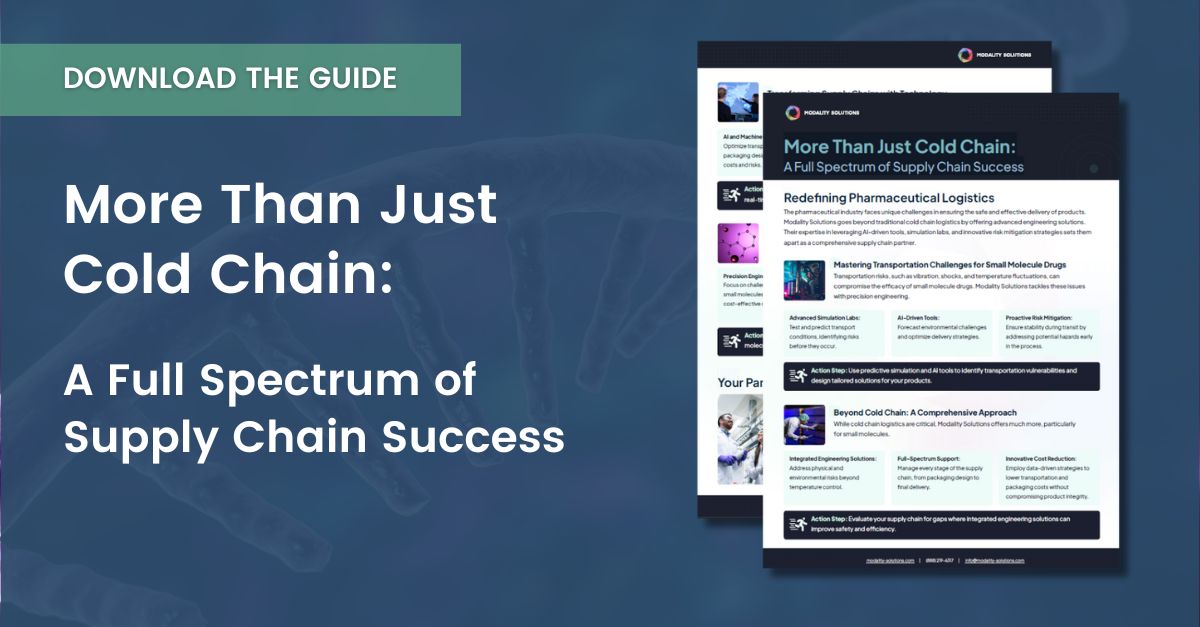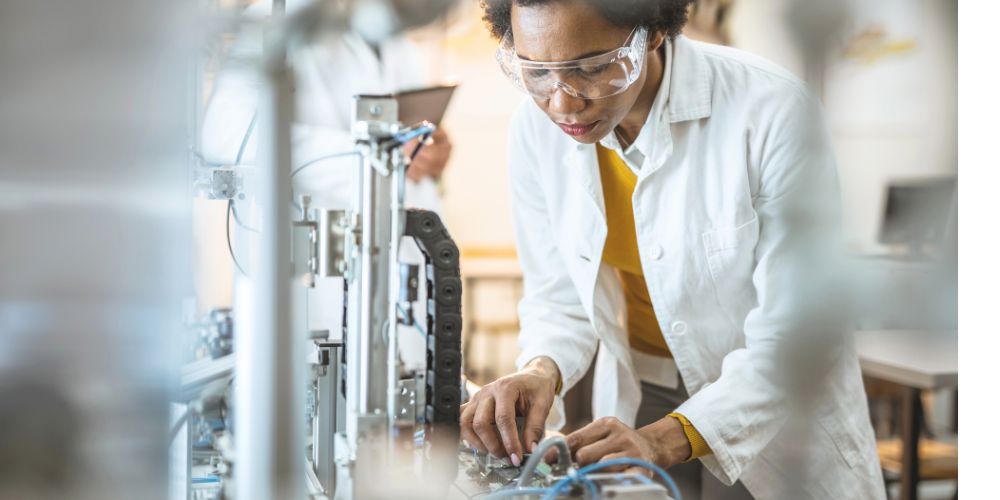How Biosimilars’ Early Stability Testing Can Accelerate FDA Approval and Commercialization
Biosimilars have been a point of contention within the pharmaceutical industry for the past 30 years. Initially, debate raged around whether biosimilars could, in fact, be substituted for reference drugs. That early skepticism has been resolved, but issues remain. To put that in perspective, the global biosimilars market was valued at $10 billion in 2018 and is projected to grow at a CAGR of 27% between 2019 and 2025, to $69 billion globallyi. The U.S. portion of that market is expected to grow even faster, at 38%. Such rapid growth is spurred by the global drive to reduce healthcare costs, followed by the growing incidence of chronic diseases, and the expiration of biologics patents. Biosimilar developers are looking for strategies to bring biosimilars to market faster and to grow market share.
Understanding how the biosimilar behaves during shipping when exposed to temperature, vibration, shock, humidity, and pressure excursions, is a key element in speeding time to FDA approval and on to commercial drug sales.
In guidance publications, the FDA recommends “an appropriate physicochemical and functional comparison of the stability of the proposed biosimilar.” They further suggest that accelerated and stress stability studies, or forced degradation studies, should be used to establish degradation profiles and provide a direct comparison of the proposed biosimilar product with the reference product. These comparative studies should be conducted under multiple stress conditions (e.g., high temperature, freeze-thaw, light exposure, and agitation) that can cause incremental product degradation over a defined time period.

The FDA addressed more issues in February with two guidance. The first reiterated its stance that biosimilars have no clinically meaningful differences from their reference drugsii. The second guidance clarified Biologic License Application (BLA) policies for expanding indicationsiii. It aims to speed licensing.
Too often, biosimilar manufacturers postpone stability testing for the distribution of drug products until the product is nearly ready to ship. Then, when they learn exactly how sensitive their products are to temperature, vibration, shock, and pressure, they scramble to find solutions.
Performing shipping qualifications for biosimilars as early as possible alerts manufacturers to specific sensitivities so they can be remediated either during product design or through a combination of packaging solutions.
Acting early minimizes delays.
Proactive Shipping Qualification and Drug Stability Studies speed FDA approval and allow a faster path to commercialization.
Establish a Validation Master Plan for your cold supply chain and make it an integral part of your BLA submission. It assures the FDA that you can control conditions – and, therefore, product quality – from the manufacturer to the pharmacy. Just as importantly, it helps you deliver biosimilars to patients without unnecessary regulatory delays.
- Clearly define all your risks upfront.
- Understand environmental hazard challenges other than temperature and how they could affect biosimilarity after interactions with the primary container or packaging.
- Understand the interactions between multiple hazards.
- How do these interactions impact drug product quality?
- How does temperature and shock/vibration contribute to particulate formation?
- Identify the shock/vibration and pressure impact on CCI and sterility.
- Consider using simulation studies to conduct drug product operational qualification.
- Test your biosimilar in controlled versus uncontrolled environments.
- Complete a full range of testing for hazards in your ‘design space’ (all shipping lanes).
- Clearly identify hazards other than temperature.
- Execute a risk assessment and prepare a mitigation plan for your biosimilar cold supply chain.
- Justify your approach for operational qualification and performance qualification.
Conduct a biosimilars-specific risk assessment and add mitigation strategy into a validation master plan for your cold supply chain. It should include an analysis of specific product risks based upon environmental conditions as well as lanes, carriers, and transportation modes. Documenting these risks and mitigation strategies provides clear justification for your approach. With this information, manufacturers can design more robust logistics safeguards that incorporate, for example, specialized packaging, labeling, and monitoring solutions, as well as careful attention to risks associated with certain carriers, lanes, routes, and modes of transportation.
This validation master plan for the cold chain should be an integral part of your BLA submission. It assures the FDA that you can control conditions – and, therefore, product quality – from the manufacturer to the pharmacy. Just as importantly, it helps you deliver biosimilars to patients without unnecessary delays.
To learn more about using pharmacovigilance shipping studies to speed biosimilars’ commercialization time, contact Modality Solutions by clicking the button below:

References
i https://www.gminsights.com/industry-analysis/biosimilars-market
ii https://www.fda.gov/regulatory-information/search-fda-guidance-documents/promotional-labeling-and-advertising-considerations-prescription-biological-reference-and-biosimilar
iii https://www.fda.gov/regulatory-information/search-fda-guidance-documents/biosimilars-and-interchangeable-biosimilars-licensure-fewer-all-conditions-use-which-reference





